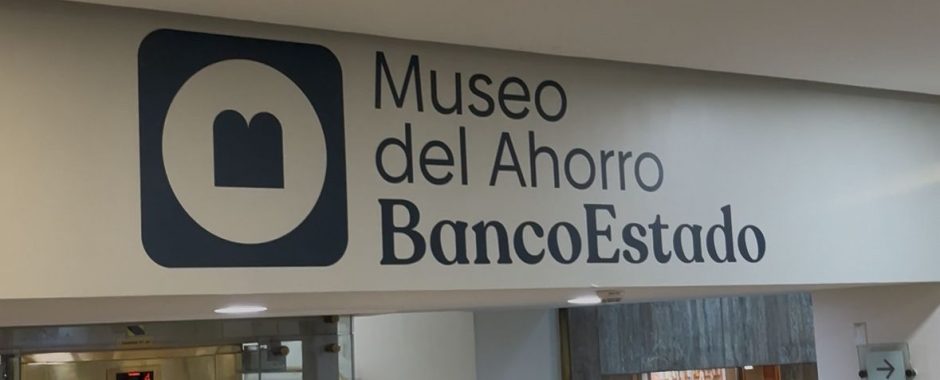Overview
The BancoEstado Savings Museum was first inaugurated in 1990, thanks to the initiative of employees who collected historical objects from various branches across the country. Its purpose is to preserve, protect, and share the institutional history of BancoEstado and its connection to the daily lives of millions of people in Chile.
In 2025, the museum underwent a renovation with a contemporary, inclusive, and interactive museographic approach, inviting visitors to reflect on the role of savings and financial education in the country’s economic and social development. The new curatorial approach intertwines the history of public banking with key moments in national and global history, highlighting BancoEstado‘s contributions to financial inclusion, innovation, and collective well-being.
Among its more than 550 exhibits are diverse objects such as the bank’s first ATM, a 19th-century scale model branch, numismatic collections, current account register books, dioramas, and a timeline connecting Chile’s history with its financial system.
Building
The BancoEstado Headquarters is one of the most recognizable buildings in Santiago’s Civic District. Located on Alameda Bernardo O’Higgins Avenue, between Morandé and Bandera streets, it was designed by architect Héctor Mardones Restat, winner of the 1973 National Architecture Prize.
Mardones’ work was inaugurated in 1953, becoming the largest building in Latin America at the time, with 72,000 square meters. It is also a key landmark in the Civic District, an area declared a Heritage Zone (Zona Típica) by the National Monuments Council in 2008. The district originated in the late 1930s with proposals by Austrian architect Karl Brunner and the approval of the Plan Seccional, Santiago’s first urban zoning plan, in 1937.
The building also houses the Galería Antonio Varas and the Teatro Antonio Varas, now used by the Chilean National Theater. In 2009, urban planners and architects from the magazine “+Decoración” recognized the building as one of the 10 most representative 20th-century structures in Santiago.
